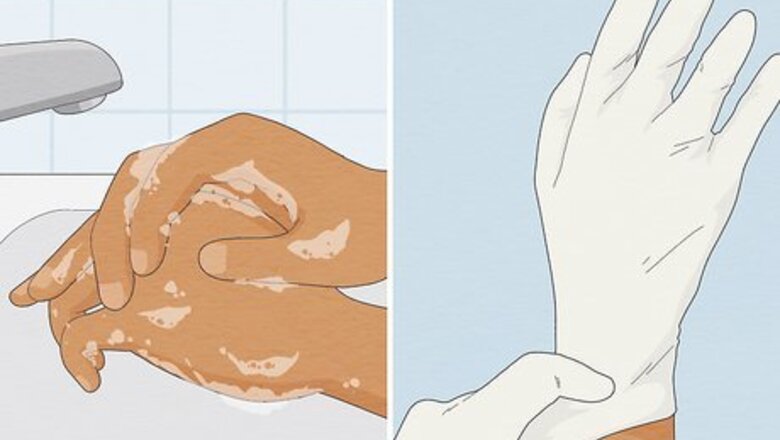
views
- Wash your hands and rinse your mouth with water. Apply pressure with gauze to stop the bleeding.
- To heal your tongue, rinse with salt water twice a day and suck on an ice cube for 20 minutes at a time.
- Eat soft foods to avoid irritating your tongue.
- See a doctor if you think your cut is infected or you can’t stop the bleeding on your own.
First Aid

Wash your hands or put on gloves. When you get a cut inside of your mouth, there’s a potential for infection. Before touching your mouth, wash your hands with soap and water for at least 20 seconds. Pat your hands dry and put on a pair of clean disposable gloves if they’re available. If you don’t have gloves around, it’s not the end of the world. Just make sure that your hands are completely clean before touching your wound.
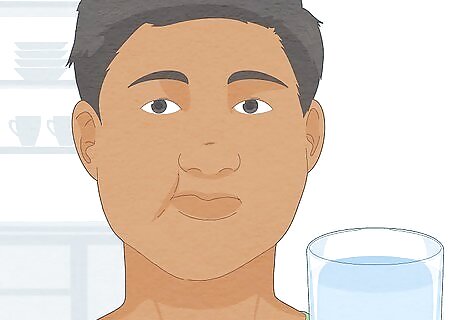
Rinse your mouth with water. Rinsing will help you see the injury and wash away any blood. Use lukewarm water to swish out your mouth, then spit it into the sink. Avoid removing anything that is stuck in the cut, such as a fish bone or a piece of glass. Instead, stop rinsing immediately, cover the cut with a piece of wet gauze, and seek medical attention.
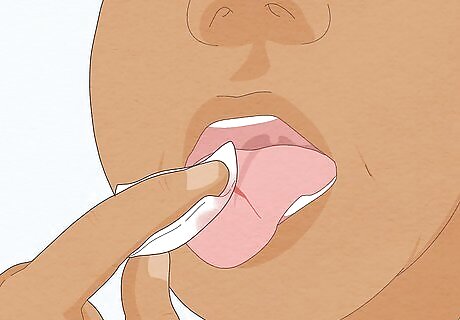
Apply light pressure with clean gauze. Using pressure will help stop the bleeding inside of your mouth. Grab a piece of gauze or a clean cloth and hold it against your cut. Don’t remove the gauze or cloth until your tongue stops bleeding. If the bleeding doesn’t stop, continue to place new gauze or towels on the cut until it stops or you can get medical attention.

Put an ice cube wrapped in a towel on the cut. An ice cube will help reduce swelling and stop bleeding. Grab an ice cube and wrap it in a clean towel, then place it on your cut inside your mouth and hold it there for a few seconds. This will constrict the blood vessels to slow or stop the bleeding. Remove the ice cube if it is very painful or gets too cold to prevent burns on your tongue.
Home Care
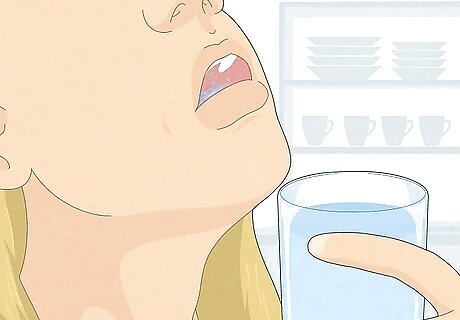
Gargle saltwater twice a day. Salt is a natural antiseptic that can kill bacteria. Mix 1 tsp (5 g) of salt with warm water and gargle it twice a day to promote healing and soothe discomfort on your tongue. It’s a great idea to swish with saltwater after meals. This will help remove any food particles from the cut on your tongue. Don’t want to make your own salt water? Buy a saline solution instead.
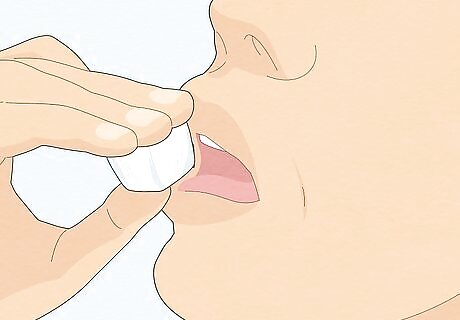
Suck on an ice cube for 20 minutes. A cold ice cube will help reduce swelling and promote healing. Once a day, suck on an ice cube or eat a popsicle for about 20 minutes at a time. Try to hold the ice cube or popsicle over the cut on your tongue as much as possible. You can also use a cold, wet washcloth.
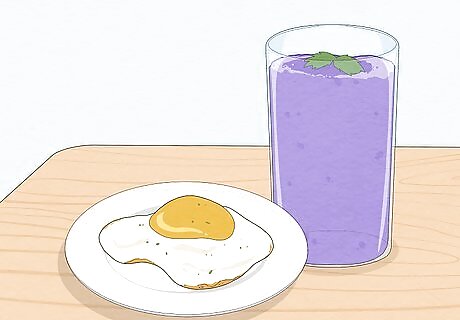
Eat soft foods that are easy to chew. As your tongue heals, you may feel mild discomfort as you eat. Pick foods like yogurt, mashed potatoes, applesauce, and smoothies that won’t hurt your tongue to keep yourself nourished. You might also try: Eggs Ground and tender cuts of meats Creamy nut butters Canned or cooked fruit Steamed or well-cooked vegetables Rice Pasta
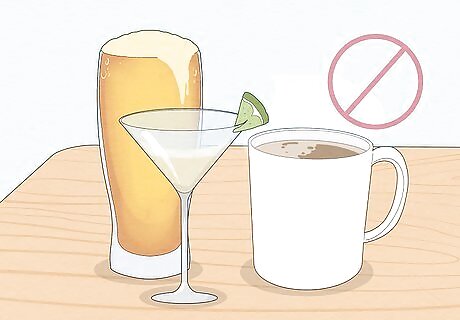
Avoid irritating foods and beverages. Salty, spicy, and dry foods can make the pain from a cut on your tongue even worse. Alcoholic and caffeinated drinks can also increase your discomfort. Staying away from these foods and beverages can promote healing and ease pain.

Drink plenty of water. Dry mouth can make any pain or discomfort on your tongue worse. Try to drink around 8 glasses of water per day, or more if you’re an active person. Drinking a lot of fluids throughout the day can minimize pain and promote healing to relieve discomfort much faster. Drink warm water with a few drops of lemon or lime if this is more comfortable.
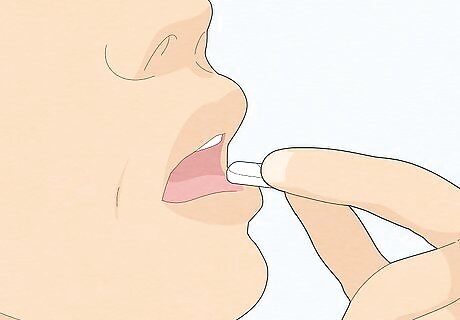
Take a pain reliever. You may have discomfort or swelling on your tongue. Try a pain reliever like ibuprofen or acetaminophen to ease your pain and minimize swelling. Always follow the dosage instructions on the packaging.
When to See a Doctor
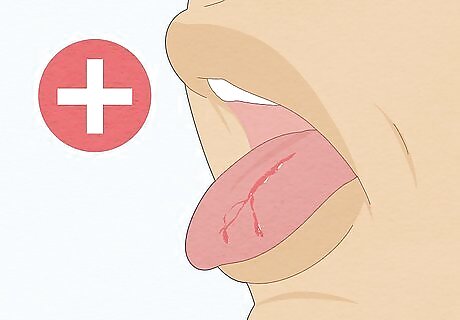
Seek emergency care if the wound won’t stop bleeding. If your tongue is cut because of blunt force trauma, your wound may need stitches. If you can’t control the bleeding on your own or you’re losing a lot of blood, seek emergency care. If you believe you are in shock, seek medical care right away. Symptoms of shock include feeling cold, shaking uncontrollably, or feeling dizzy and confused. Wounds across the tip of the tongue almost always require stitches.
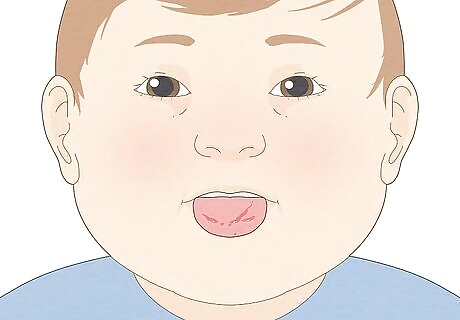
Take your child to the doctor if they are younger than 1 year old. Young children may need more serious care than older children and adults. If your baby has a cut in their mouth, take them to the doctor to get them checked out. If you aren’t sure whether or not to bring your child in, call an advice nurse and tell them about your child’s symptoms. They’ll let you know whether or not you need to seek medical care.
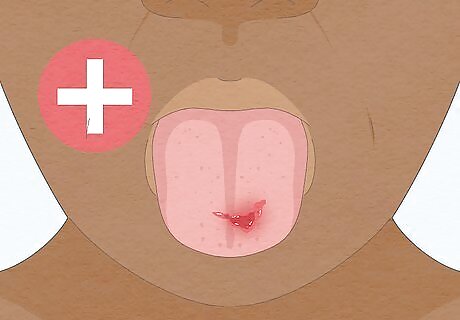
See your doctor if you believe your cut is infected. If your pain or swelling increases after 48 hours, there’s a chance that your wound is infected. Head to the doctor and tell them about your symptoms and your pain levels. If your cut is infected, your doctor will prescribe you antibiotics. Always follow the care instructions given to you by your doctor, and take the full round of antibiotics if you’re prescribed them.


















Comments
0 comment